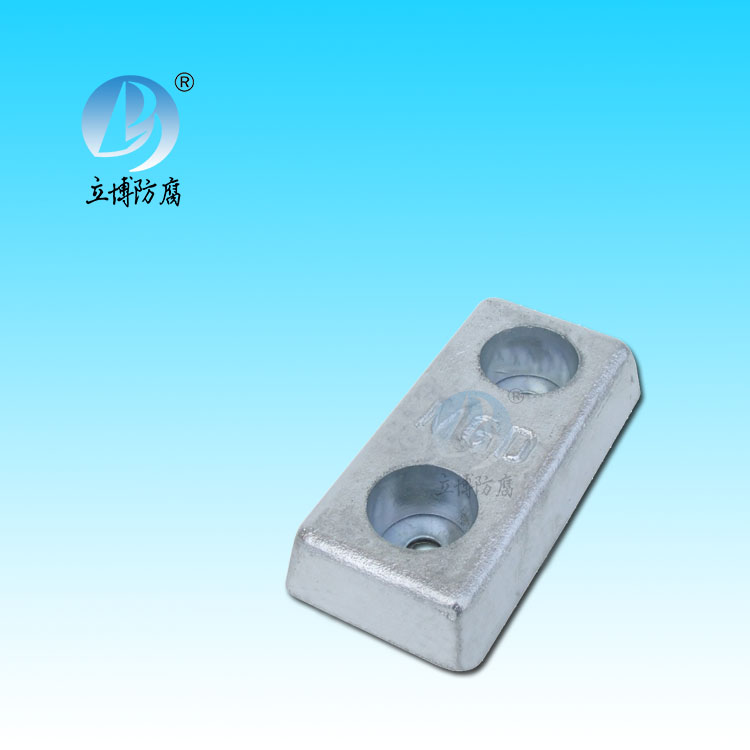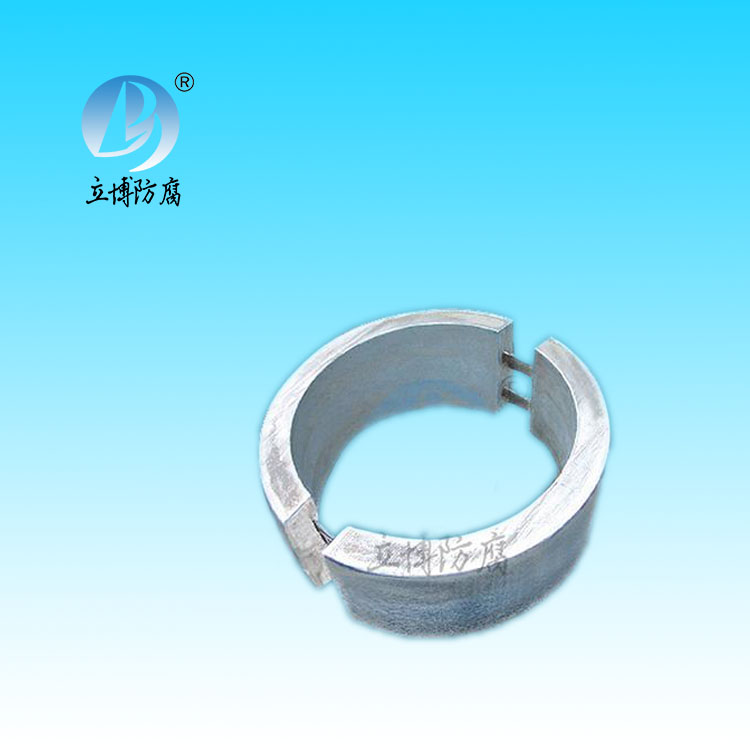News
News
- What is a sacrificial anode
- Basic requirements for reference...
- What does the reference electrode do...
- Why are zinc blocks attached to the ...
- What is the principle of impressed...
- What material does metal structure...
Contact
Phone:18739187123
hotline:0391-7588881
E-mail:970512272@qq.com
Address:Wuzhi County, Jiaozuo City, China
Industry News
Lightning protection grounding grid cathodic protection
- Author:Libo
- Source:wkmeufh.cn
- Date:2021-06-11
- Click:0
Lightning protection grounding grid cathodic protection
Grounding device is a necessary facility to ensure working grounding, lightning protection grounding and protection grounding in power plants, substations and communication stations. For the sake of experience, the grounding device is generally galvanized carbon steel (flat steel, round steel). Because the grounding device is in the harsh underground operation environment for a long time, the chemical and electrochemical corrosion of the soil is inevitable, and at the same time, it also has to withstand the corrosion of the scattered current and stray current of the ground grid. Therefore, to ensure the protection of the ground grid from corrosion is the main measure to ensure the stable and safe operation of the power grid. In ground net.through anticorrosive measures, cathodic protection is a scientific and feasible method, who have run grounding network, especially in coastal and damp soil area for the implementation of cathodic protection, electrochemical corrosion serious ground net.through is not big, easy construction, investment protection effect is good, has the characteristic of can't replace by other methods.
Design key points of ground grid sacrificial anode cathodic protection:
1. Determination of soil resistivity at the site of the grounding grid: determination of soil resistivity at different times and under different climatic conditions can obtain the range of variation of resistivity.
2. According to the soil resistivity, the type of sacrificial anode is chosen: the soil resistivity is greater than 158 ohms. Meters (or 208 euros). (m), and the soil resistivity was 1008 ohms. When magnesium anode was used, the soil resistivity was more than 1008 ohms. The sacrificial anode (i.e., impressed current) is generally not used except in special cases where banded magnesium anode is used.
3, determine the minimum protection current density of ground grid (mA/m2), the minimum protection current density of ground grid should be determined by the soil corrosion (soil resistivity, REDOX potential), generally in 10 to 50 mA/m2.
4, according to the overall size and length of the carbon steel used in the grounding grid to calculate the total area of the protection, according to the selected protection current density calculation of the total current required for cathodic protection.
5. Determine the cathodic protection potential of the ground grid: the cathode potential of the ground grid should be at least -850mV, or the natural corrosion potential of the ground grid should be negatively shifted by 250-300mV. For the sacrificial anode cathodic protection, it is not necessary to consider the protection problem on the premise of ensuring the minimum protection current density.
6. Calculate the anode grounding resistance and output current, calculate the required anode weight according to the design life of cathodic protection, and then calculate the number of anodes to be arranged according to the weight of a single anode.
7, choose sacrificial anode packing material, determine the anode embedding mode (vertical or horizontal).
8. Determine the test system for cathodic protection.
The design of cathodic protection with warm current applied to ground grid is basically the same as the above points except the potentiostat and auxiliary anode are selected according to the total current of ground grid protection. Because the carbon steel grounding grid is generally uncoated, do not need to consider the problem of coating shedding due to reaching the hydrogen evolution potential, however, for economic considerations, the general measured protection potential should be not less than -1.115V (the above potential with Cu/CuSO4 as a reference).







 客服QQ
客服QQ